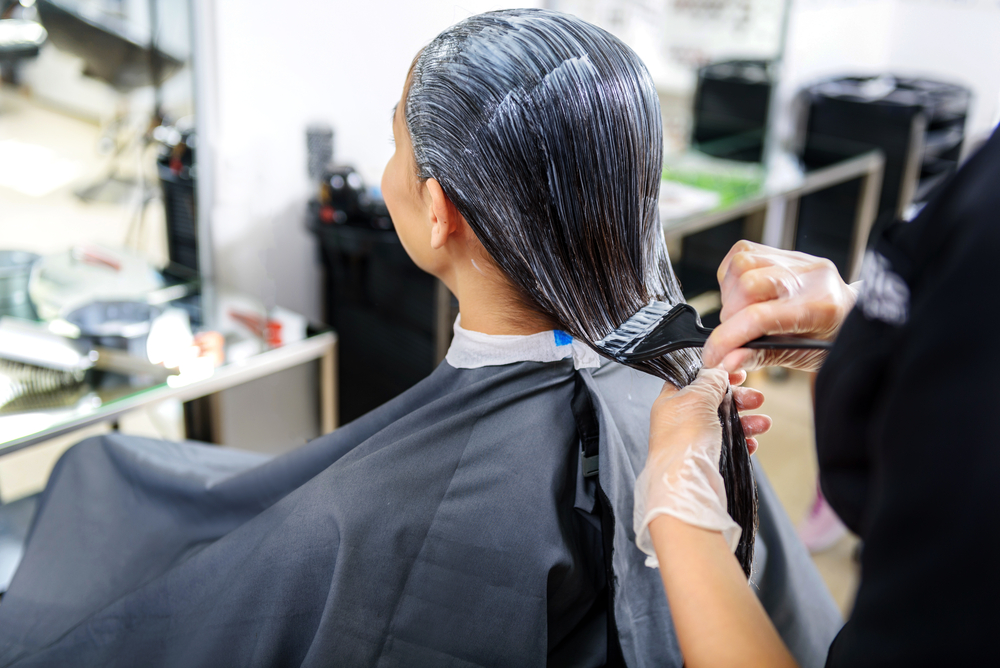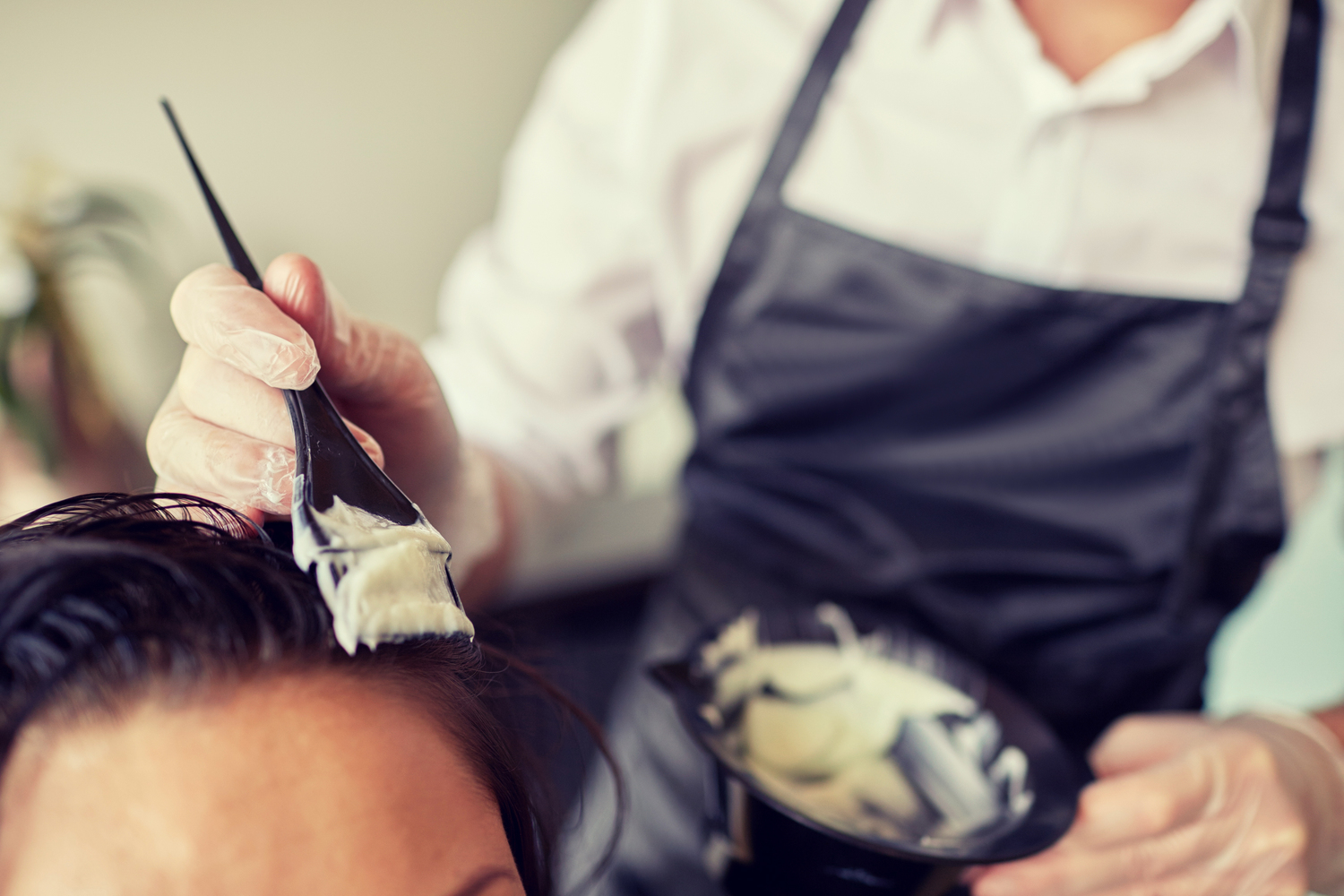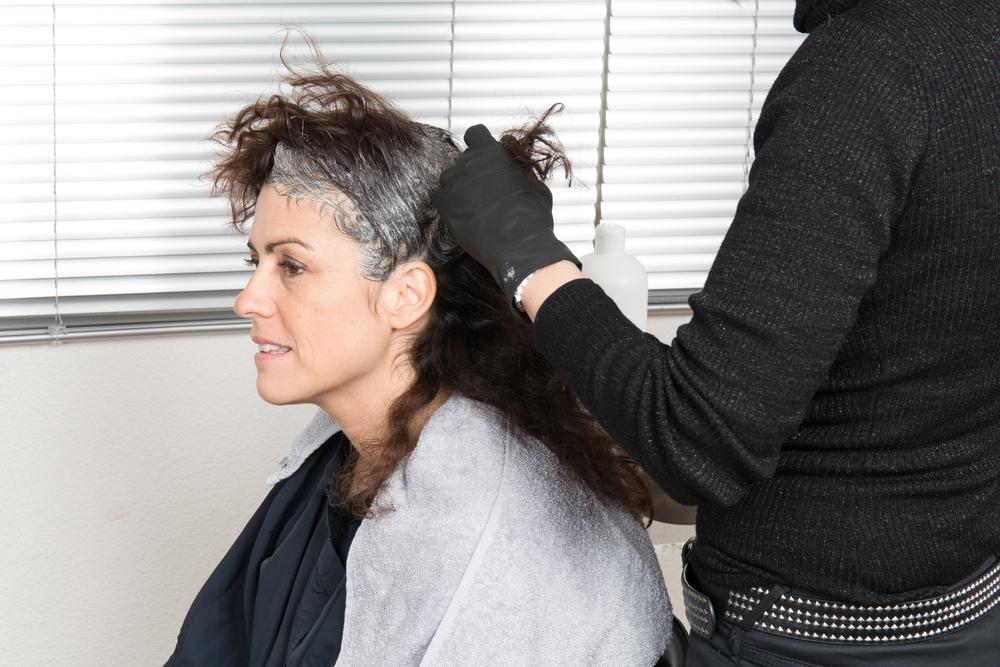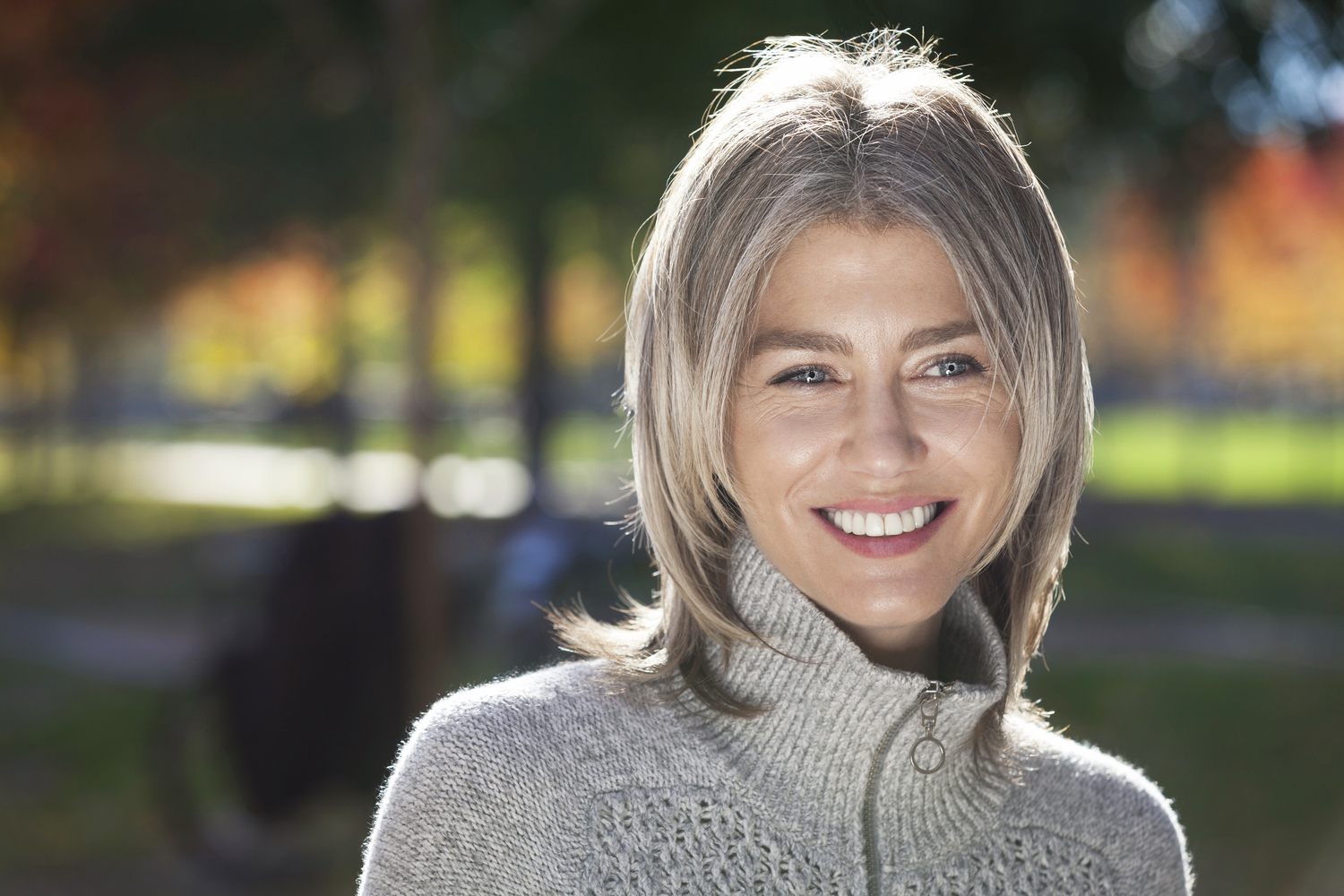Best Natural Hair Dyes for Gorgeous Silver Hair: Safe Alternatives for Gray and White Locks
Discover the top natural hair dyes perfect for silver and gray hair. Learn about safe, chemical-free options that offer vibrant, long-lasting color while protecting your health. This comprehensive guide covers ingredients to avoid, benefits of organic dyes, and tips for choosing the best products for your hair. Embrace natural beauty with effective, safe coloring solutions that promote healthy hair and overall well-being.
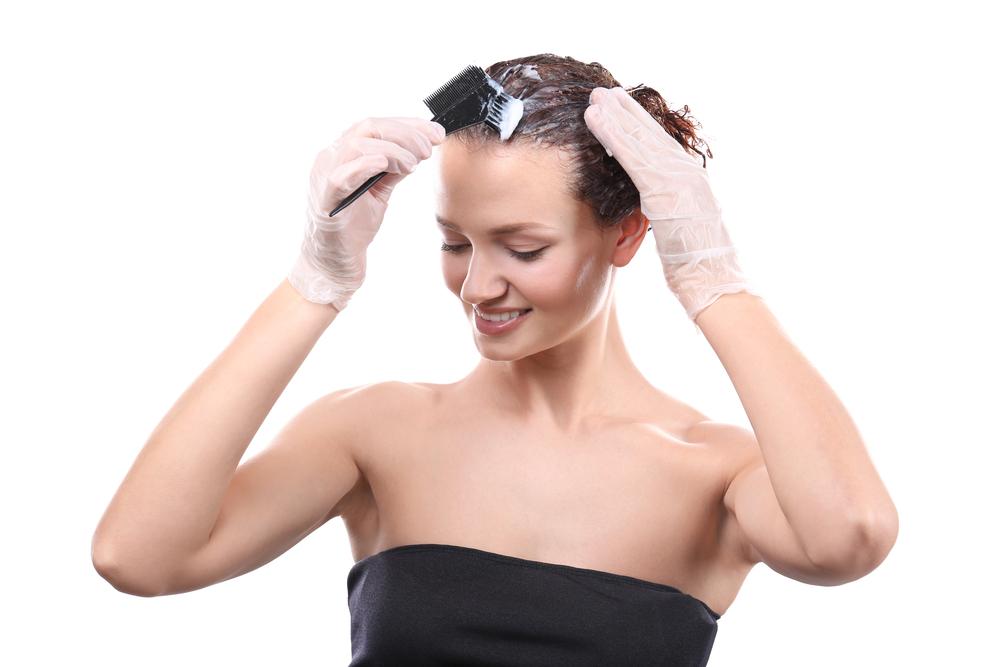
Best Natural Hair Dyes for Gorgeous Silver Hair: Safe Alternatives for Gray and White Locks
Enhancing your natural hair color or covering stubborn gray strands has become an important aspect of personal grooming and style for many individuals. While traditional chemical dyes have long been the go-to solution, increasing awareness about their potential health risks has led to a surge in demand for natural and organic hair coloring options. Choosing safe, chemical-free hair dyes can help you achieve a vibrant, long-lasting color while minimizing exposure to harmful substances. This comprehensive guide explores the top natural hair dyes suitable for silver, gray, or white hair, discussing their benefits, key ingredients, and how they compare to conventional options.
Understanding the Risks of Conventional Hair Dyes
Traditional hair color products often contain a variety of chemicals designed to modify hair color effectively and quickly. However, many of these ingredients pose health concerns, especially with prolonged or frequent use. Some of the most problematic chemicals include:
P-Phenylenediamine (PPD): This chemical is widely used in permanent hair dyes for its powerful color results. Unfortunately, it has been linked to severe allergic reactions, including dermatitis, swelling, and respiratory issues. More alarmingly, research suggests that PPD exposure could increase the risk of bladder cancer and is associated with other health problems such as nerve damage. The concentration of PPD in certain brands can be as high as 6%, elevating the potential for adverse effects.
Resorcinol: Found in many hair dyes, resorcinol acts as a developer agent but can interfere with hormonal functions, potentially disrupting endocrine balance. It can also cause skin irritations, redness, and eye irritation. Some studies suggest a link between resorcinol exposure and hypothyroidism, raising concerns about long-term health impacts.
Ammonia: This pungent chemical helps open the hair cuticle, allowing dye molecules to penetrate the hair shaft. Despite its effectiveness, ammonia is notoriously damaging to the skin, eyes, and respiratory system. Repeated exposure can weaken hair structure, cause permanent damage, and lead to scalp irritation or chemical burns.
Persulfates: Used particularly in the development of permanent hair dyes, persulfates can cause allergic skin reactions and respiratory issues in sensitive individuals. Inhaling these chemicals during application can lead to lung problems, and prolonged exposure has been linked to increased asthma risk.
Health Implications of Chemical Hair Dyes
Chemical hair dyes are formulated to penetrate the scalp and deliver rapid color changes. Nevertheless, this process also introduces toxins directly into the bloodstream, raising concerns about overall health. Regular use of chemical dyes has been associated with an elevated risk of developing conditions like lymphoma, bladder cancer, and other health issues. Pregnant women are particularly advised to avoid chemical hair dyes due to potential risks to fetal development.
Furthermore, the U.S. Food & Drug Administration (FDA) oversees the regulation of cosmetic ingredients, but inconsistently monitors or restricts chemicals used in hair dyes. Consequently, many harmful substances remain permitted in some products, amplifying safety concerns.
Embracing Natural Hair Dyes: Safe & Effective Options
In response to these risks, numerous natural and organic hair coloring solutions have entered the market. These alternatives prioritize botanical ingredients and avoid hazardous chemicals, offering a safer way to color hair—particularly important for those with sensitive skin or pregnant women. Below are some of the top natural hair dyes that are celebrated for their safety, efficacy, and ability to cover gray or silver hair beautifully.
Organic Color Systems: Renowned for their long-lasting, vibrant shades, products from Organic Color Systems are free from ammonia, PPD, resorcinol, and other harmful chemicals. With a broad palette of over 65 shades, they effectively conceal gray hair while nourishing the scalp and hair shaft with organic ingredients.
Ecocolors: Known for their emphasis on natural ingredients like soy, flaxseed, castor, and jojoba oils, Ecocolors dyes deliver rich, durable color. Enriched with vitamin E and grapefruit seed extract, these dyes are gentle on hair and scalp, providing effective gray coverage without harsh chemicals.
Herbatint: Crafted with herbal extracts, Herbatint offers a gentle, luxurious coloring experience. It’s available in permanent and semi-permanent formulations, providing a natural approach to hiding gray or silver hair while nourishing hair health with plant-based ingredients.
Original & Mineral: An Australian brand focused on clean beauty, Original & Mineral’s hair colors are free from ammonia, PPD, and resorcinol. They focus on nourishing ingredients that keep hair soft, shiny, and healthy, making them an excellent choice for those seeking vibrant results without chemical exposure.
Logona Herbal Hair Color Cream: This product combines organic henna, rhubarb root, jojoba oil, and essential oils to provide vibrant coloring, volume, and shine. It’s particularly effective at covering stubborn gray hair with natural ingredients that promote scalp health and hair vitality.
Important Tips for Choosing Safe Hair Dyes
When selecting a natural hair dye, always scrutinize ingredient lists carefully. Despite labels claiming to be 'green' or 'organic,' these products can still contain undesirable additives. Look for certifications from reputable organizations that verify organic and natural claims. Patch testing before full application can prevent allergic reactions. Also, consider consulting with a professional stylist experienced in natural hair coloring techniques to achieve optimal results safely.
Conclusion: Prioritize Your Health with Natural Hair Color Solutions
Switching to natural hair dyes is an excellent step towards safeguarding your health and maintaining beautiful, vibrant hair. With a wide array of organic options available, achieving stunning gray or silver hair color becomes safe, effective, and environmentally friendly. Embrace the power of botanical ingredients, avoid hazardous chemicals, and enjoy the confidence that comes with wearing your natural, radiant hair confidently. Remember, when it comes to hair coloring, safety should always be a priority — choose natural, choose health.
